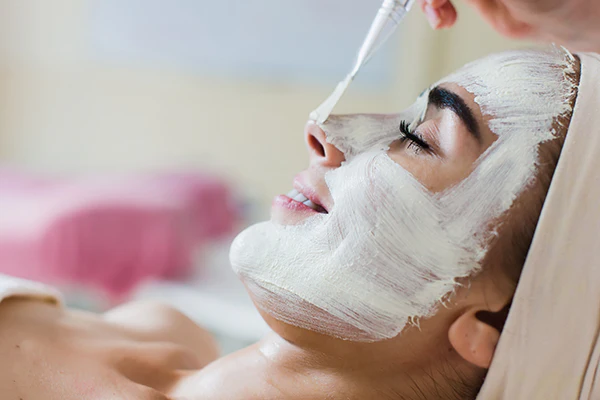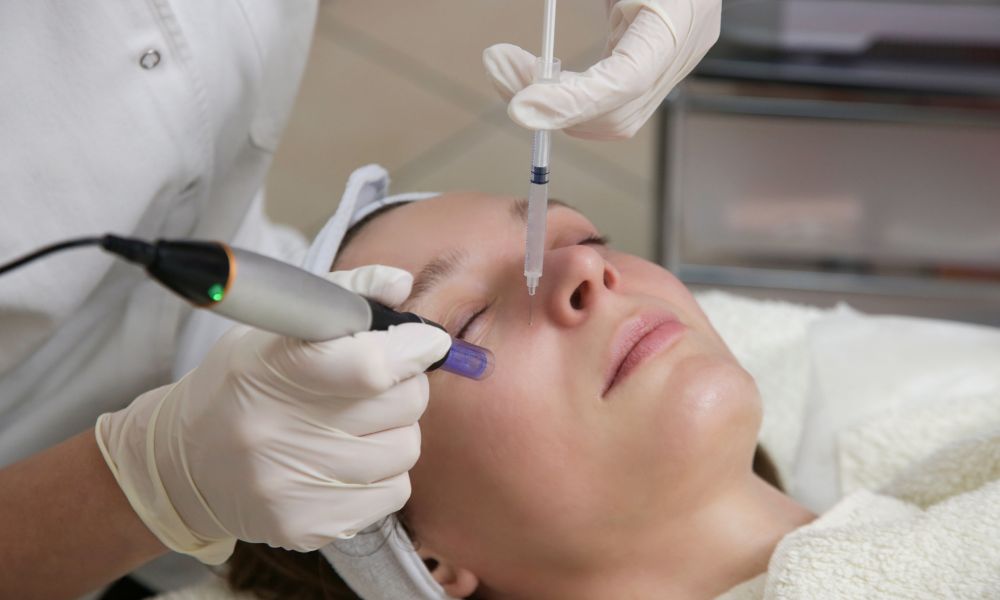Welcome to the world of skincare. The phrase Fraxel Upper East Side might ring a bell. It’s a hub for the latest in dermatological treatments, including an old favorite – the chemical peel. These peels are a big deal. They have a long history of rejuvenating skin. But, as with all things, they come with their own set of pros and cons. This blog will take a deep dive into the benefits and risks of chemical peels, providing you with the insight of expert dermatologists.
The Benefits of Chemical Peels
Chemical peels have earned a spot in the skincare routine of many. They offer benefits that are hard to ignore:
- They help remove dead skin cells and promote fresh skin growth.
- They can reduce the appearance of wrinkles and fine lines.
- They can lighten dark spots, giving a more even skin tone.
These benefits stem from the peel’s ability to deeply exfoliate the skin. This process stimulates new cell growth and collagen production – the building block for youthful-looking skin.
The Risks of Chemical Peels
However, chemical peels are not without risks. Keep these points in mind:
- They can cause redness, swelling, and discomfort.
- They may lead to skin discoloration.
- They require downtime for skin recovery.
These risks are often short-term and can be reduced with proper aftercare and applying sun protection.

Benefits and Risks: A Comparison
| Benefits | Risks | |
| 1 | Removes dead skin cells | Causes redness |
| 2 | Reduces wrinkles and fine lines | May cause skin discoloration |
| 3 | Lightens dark spots | Requires recovery downtime |
Your skin’s reaction to a chemical peel can vary depending on your skin type, the strength of the peel, and how it’s applied. Always consult a professional to ensure the right approach is taken for your skin’s needs.
Conclusion
Chemical peels, when used properly, can be a powerful tool for skin rejuvenation. However, understanding the benefits and risks helps you make an informed decision. Always seek advice from a dermatologist to ensure your skin gets the care it deserves.

